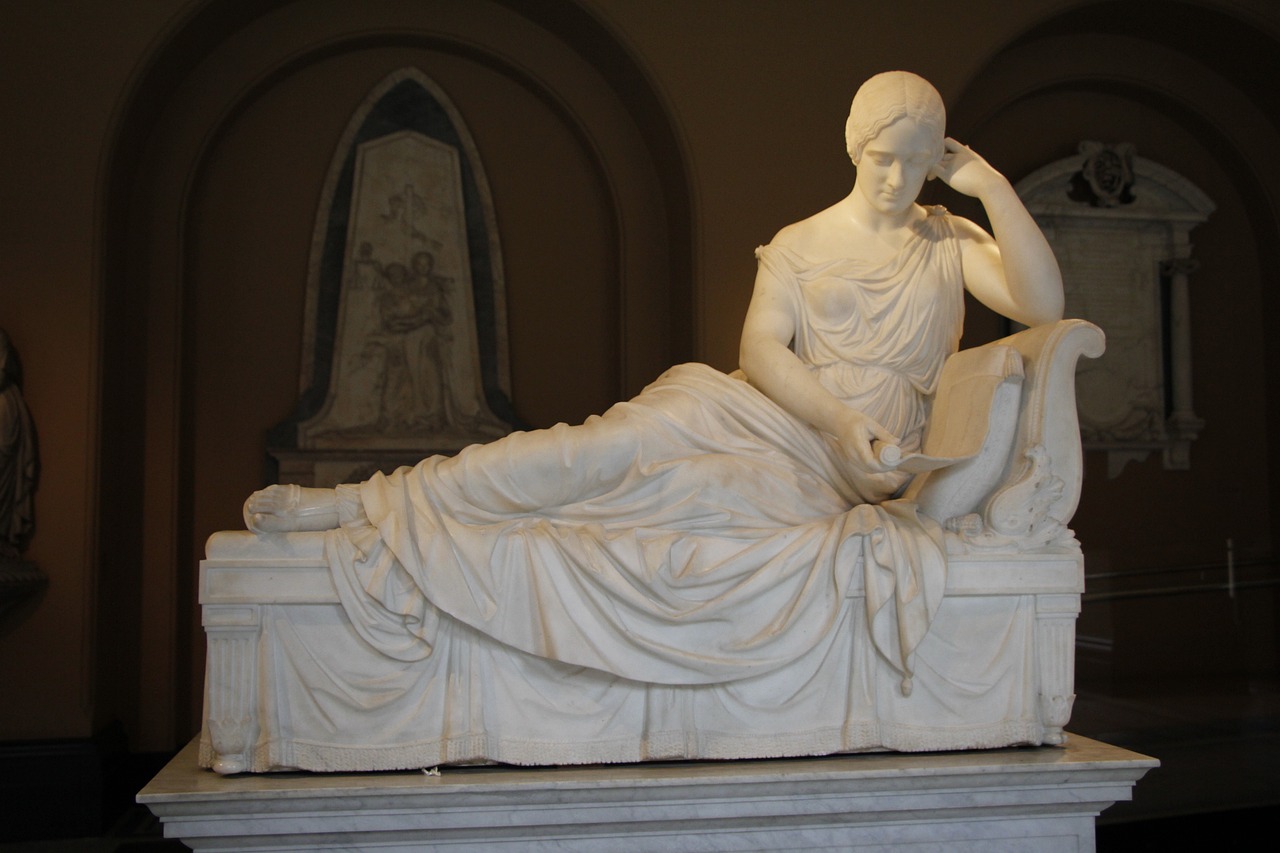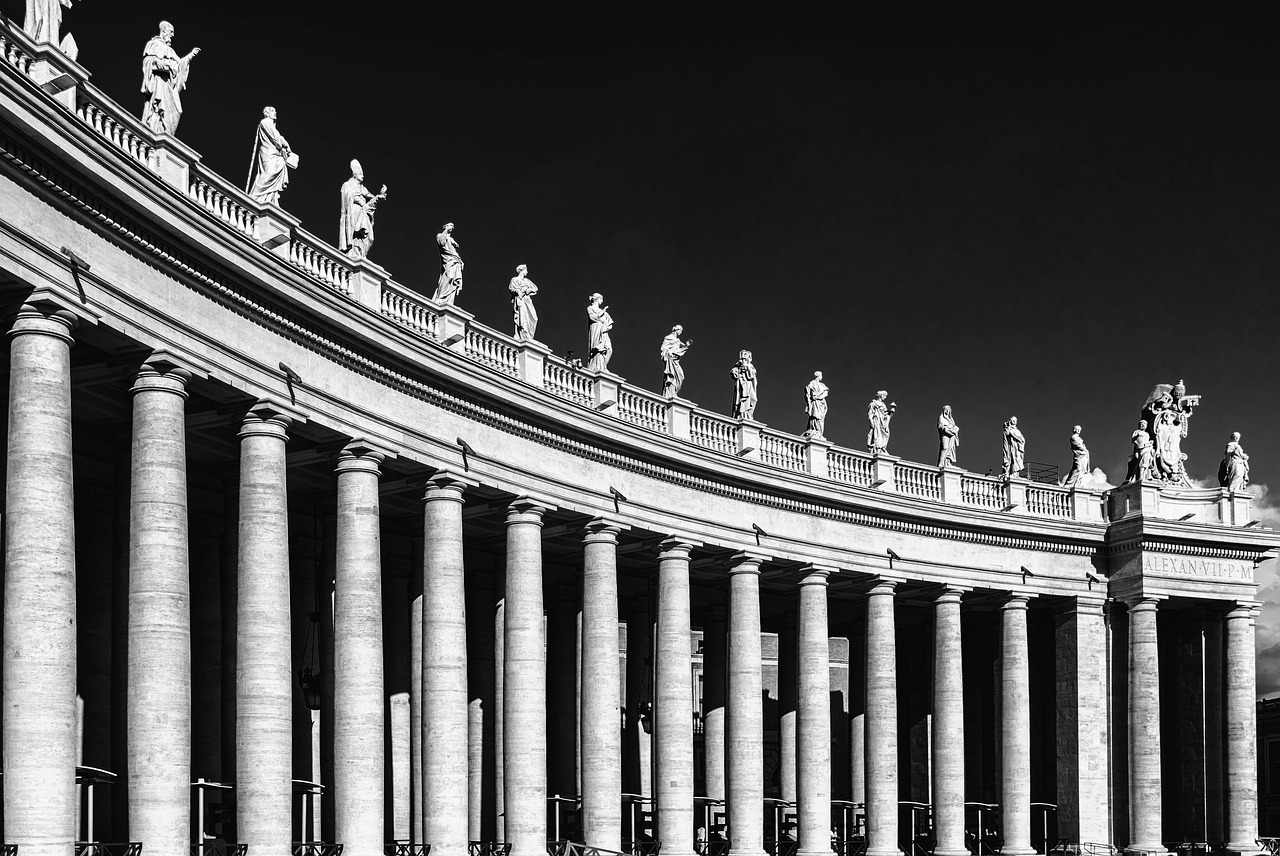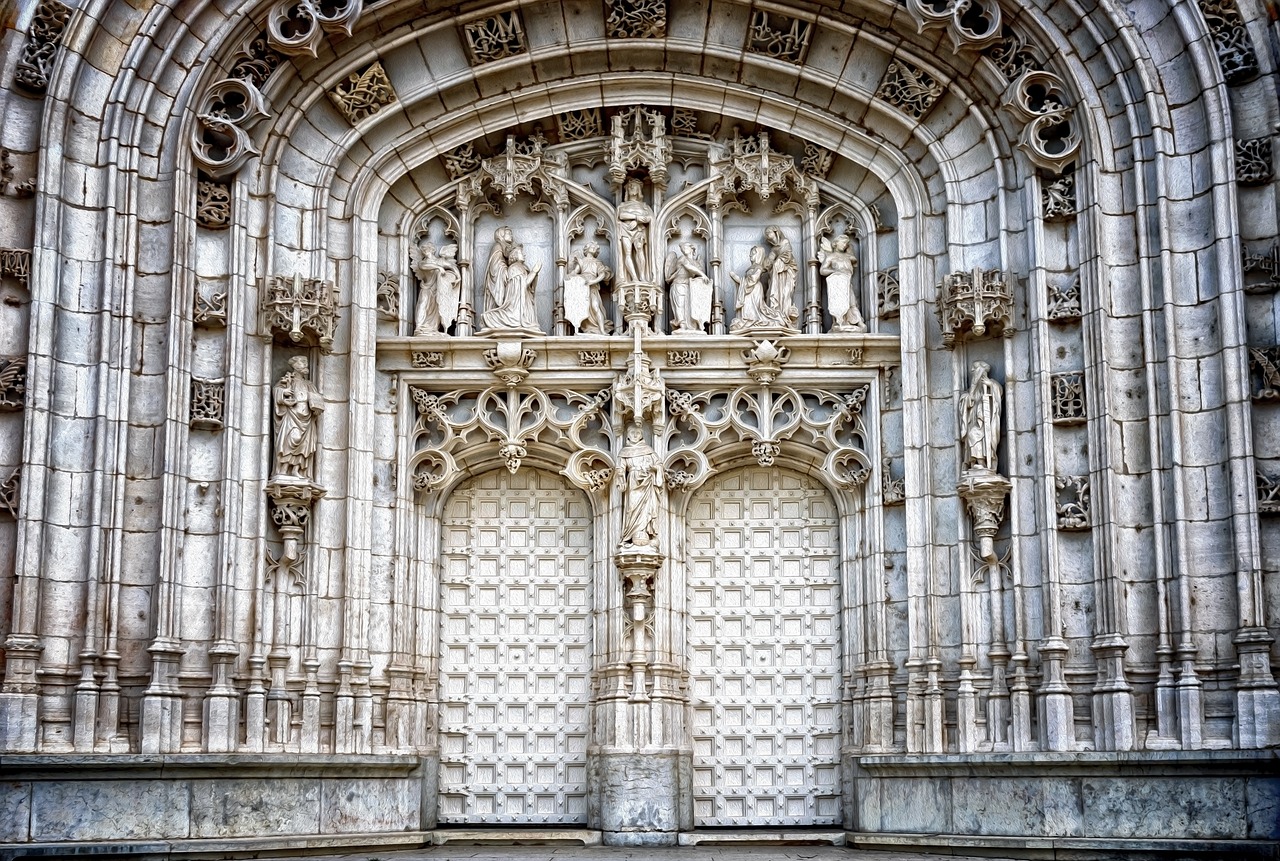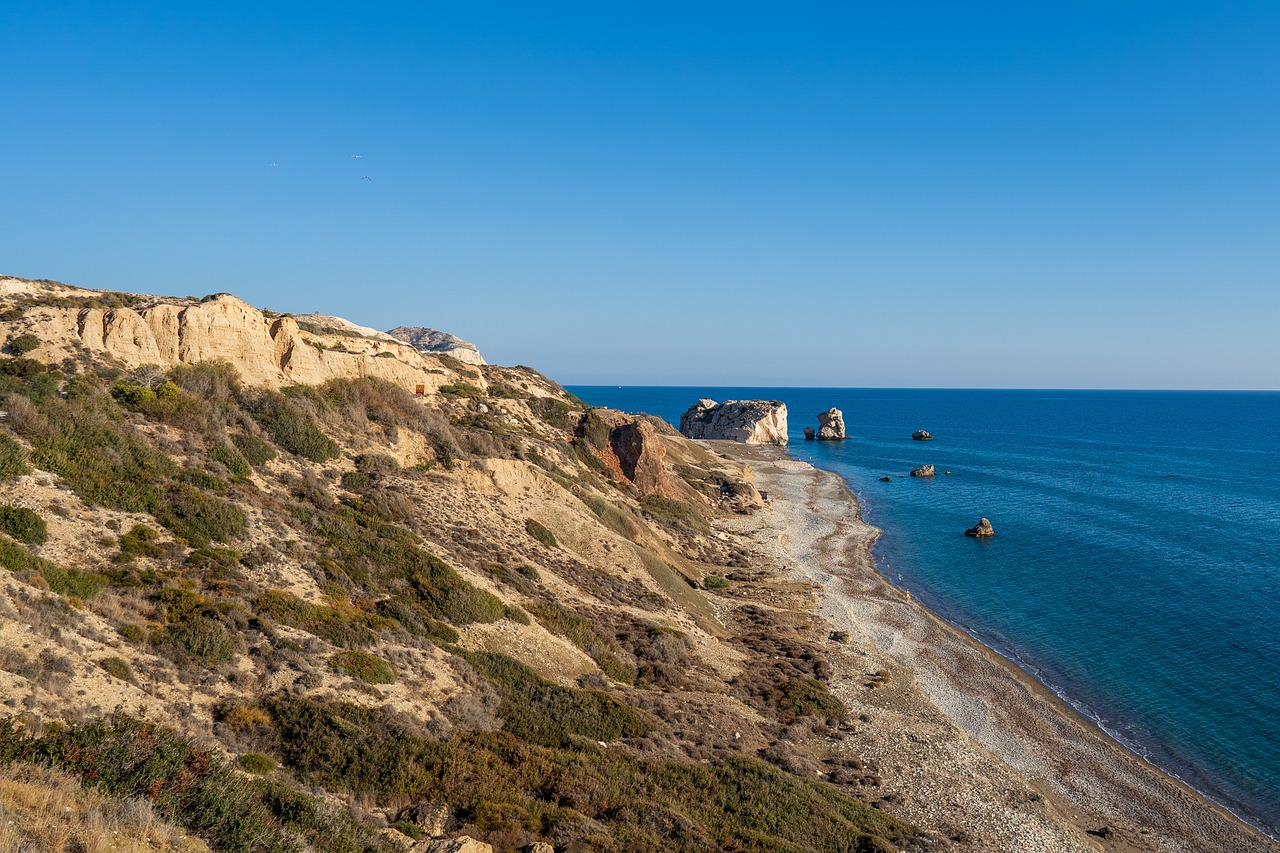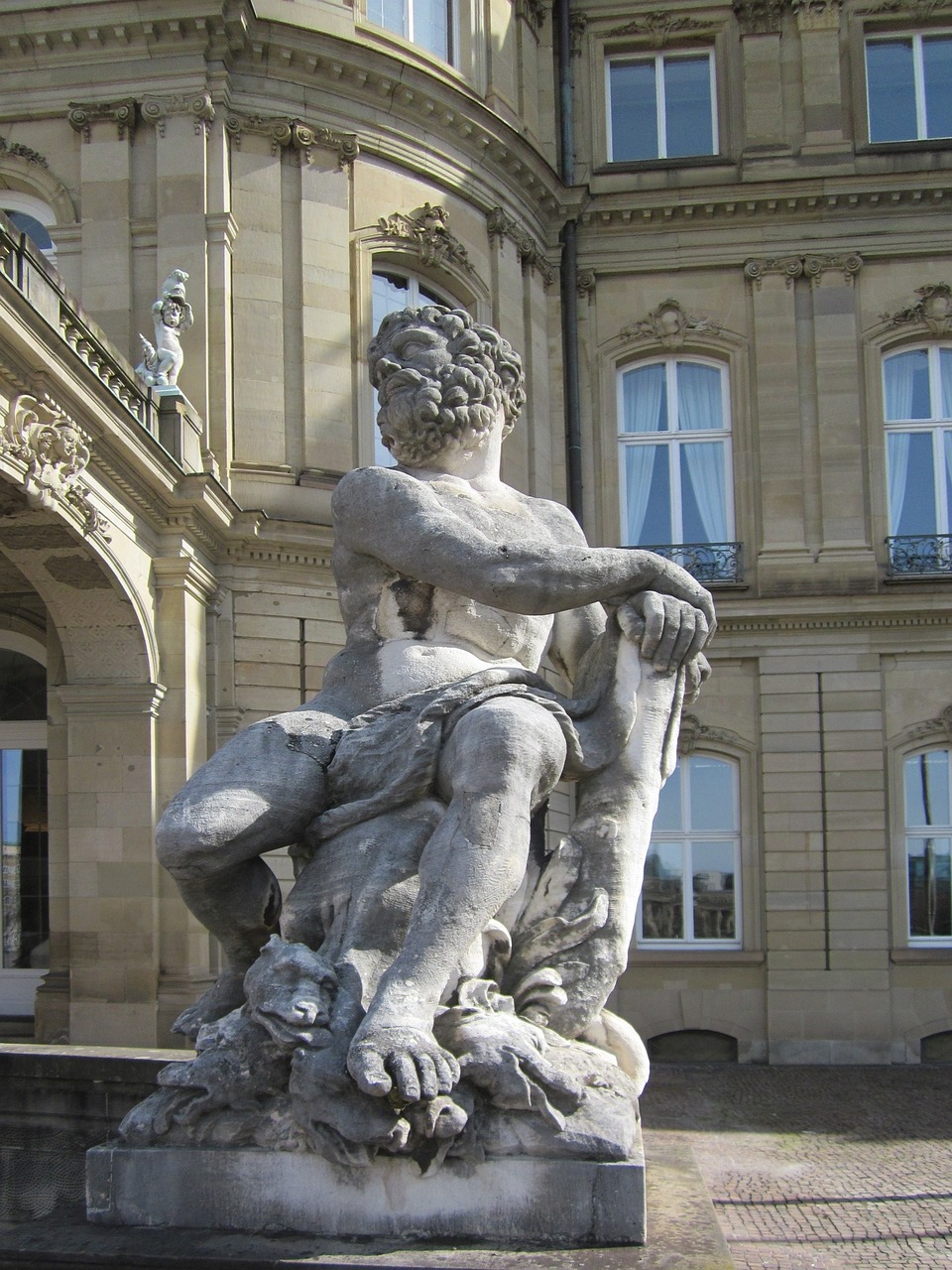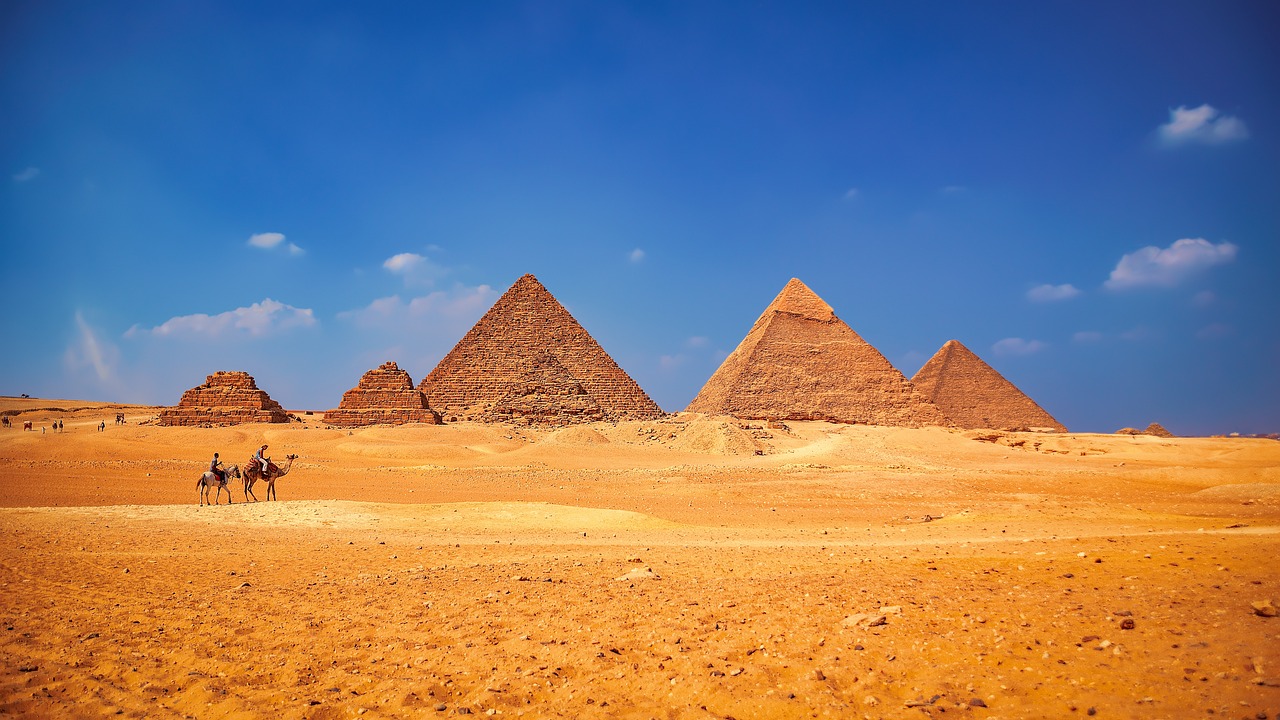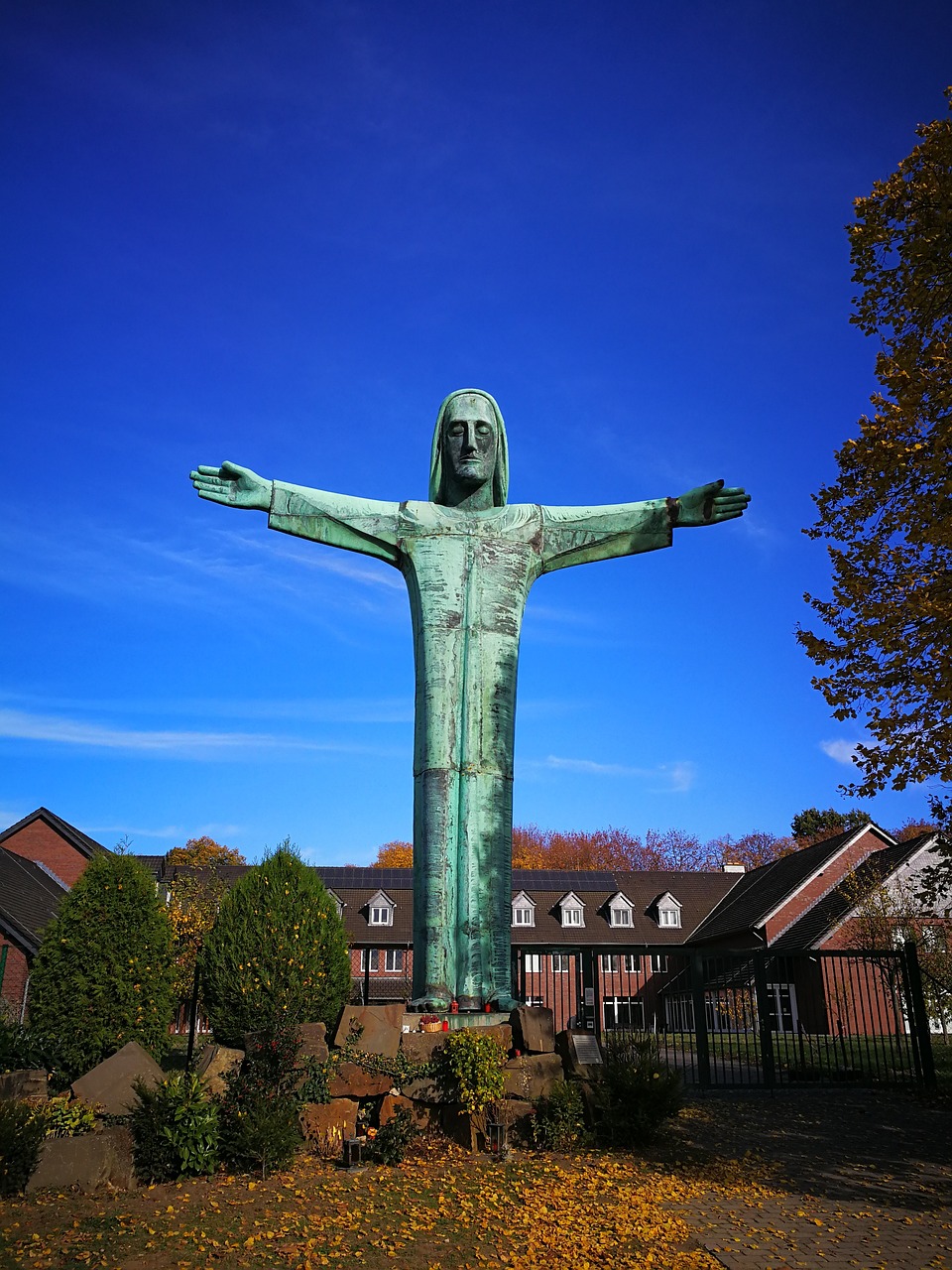Author: Sun WuKong
-
Renenutet, also known as Renenet or Ernutet, was a formidable deity revered in ancient Egyptian culture as the embodiment of nature’s bounty. Frequently referred to as the “Lady of Fertile Fields” and the “Lady of Granaries,” she was also recognized as a Cobra Goddess, dubbed the “Nourishing Snake,” symbolizing sustenance and harvest. Artistic representations of…
-
After enduring years of political turmoil, civil strife, and the assassinations that led to the fall of the Roman Republic, Ancient Rome experienced a period of notable peace and stability referred to as the Pax Romana, which means “Roman Peace.” This transformative era began in 27 B.C. with Augustus emerging as the first Roman emperor…
-
Roman Religion: An Overview of Beliefs and Practices Roman religion encompassed the beliefs and rituals of the inhabitants of the Italian peninsula, spanning from ancient times until the rise of Christianity in the 4th century CE, and is often referred to in the context of Classical antiquity. Cicero, a notable orator and politician of the…
-
Situated adjacent to the Portico di Ottavia within the Jewish quarter, the remnants of a temple devoted to Apollo, known as Apollo Sosiano, are visible close to the Theatre of Marcellus. This temple was constructed between 433 and 431 BC as a dedication to Apollo Medicus—God of Healing—during a time of plague. It earned its…
-
Bres, a pivotal deity in Celtic mythology, occupies a significant place within ancient narratives. The son of a Fomoire king and a goddess, he was endowed with remarkable beauty but struggled to fulfill the expectations of a benevolent leader. After facing defeat from his adversaries, Bres sought vengeance against those who usurped his position. This…
-
Aphrodite, the revered goddess of love and beauty, is indeed one of the most recognized figures from Greco-Roman mythology. Her significance in ancient Greek culture was monumental, and she continues to be a symbol of love and beauty in contemporary times. Even though she no longer serves as a focal point in global education, her…
-
Apollo, a prominent figure in Greco-Roman mythology, stands out as one of the most admired and significant deities within ancient Greek and Roman culture. His exact origins remain somewhat ambiguous; however, from Homer’s era onward, he assumed various roles. Apollo emerged as the god associated with divine distance, capable of sending warnings or threats from…
-
Heracles, one of the legendary figures of Greco-Roman mythology, is renowned for his remarkable feats and strength. He is traditionally identified as the offspring of Zeus and Alcmene, the granddaughter of Perseus. Zeus had vowed that the first male born from the lineage of Perseus would ascend to the throne of Greece. However, due to…
-
Horus, a prominent deity in ancient Egyptian belief, is depicted as a falcon, with his right eye symbolizing the sun or morning star—indicative of strength and essence—and his left eye representing the moon or evening star, signifying healing. The veneration of Horus can be traced back to the late predynastic era and was prevalent throughout…
-
The concept of “FIDES” is frequently misinterpreted as ‘faith,’ which diverges from its original context in Roman thought. In the realm of ancient Rome, FIDES was considered a critical aspect of the character of individuals engaged in public life. It served as a vital foundation for both social and political interactions, encapsulating the notion of…

